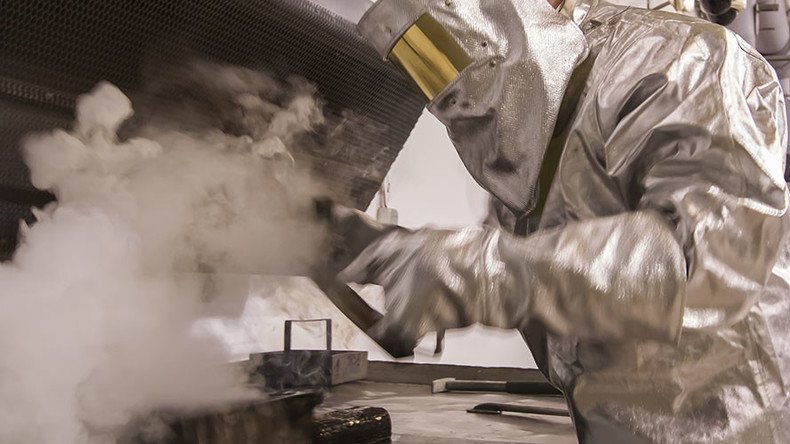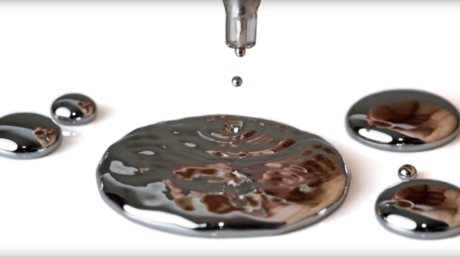Novel 5-metal alloy, both strong & ductile, pioneered by Russian & Ukrainian scientists

Researchers in Russia and Ukraine have found a way to improve a remarkable alloy consisting of five different metals that has properties impossible to achieve when producing traditional alloys.
Dubbed high entropy alloys (HEA) in 2004, materials consisting of five or more components have been a buzz word in advanced material science because they form complex atomic structures that behave unlike well-studied traditional alloys. In HEAs, none of the components dominates the way iron does in steel, for example.
One particular HEA consisting of cobalt, chrome, iron, nickel, and manganese is remarkable for maintaining plasticity even in extreme cold, when regular alloys tend to become brittle. A team of researchers from Russia and Ukraine, which studied the CoCrFeNiMn HEA and found a way to make it even stronger, published their research in the Journal of Alloys and Compounds.
Ironically, the trick they used has been known for centuries. They doped the alloy with carbon – a process used by metallurgists to turn iron into steel – before cold-rolling the sample to make it stronger.
However, their work is but one small step in studying the novel class of materials, which researchers hope will eventually find applications in high-demanding areas like the production of rocket engines, nuclear reactors, and cryogenic equipment.
“It would be premature to talk about practical applications of HEAs now. We do not fully understand their properties; their economic feasibility is yet to be tested as well and technologies necessary to fabricate parts from those alloys are yet to come,” said Nikita Stepanov of the Belgorod State University, one of the authors of the study.
“But the progress is very fast in this area with new results published practically every day. So this makes one see the future with optimism,” he added.













